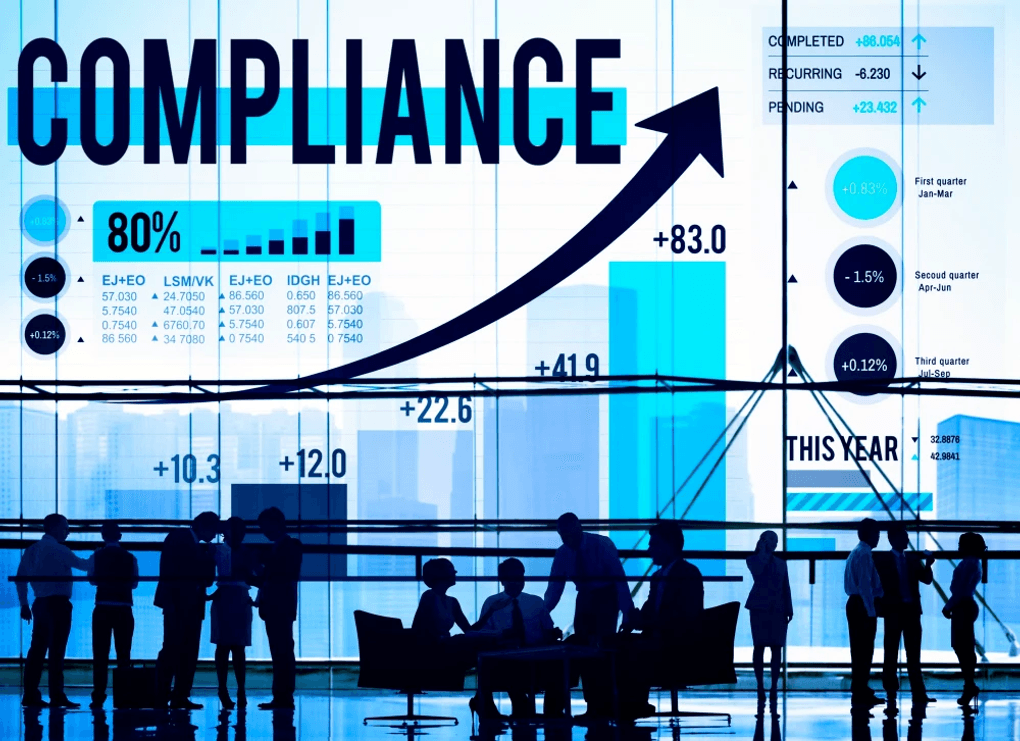The Connection Between Governance, Risk, and Compliance and Cybersecurity

Understanding Governance, Risk, and Compliance: Key Concepts and Definitions
Governance, Risk, and Compliance (GRC) refers to the integrated framework that organizations use to align their IT and business objectives while managing risks and meeting compliance requirements. Governance involves the policies and processes that ensure an organization is managed effectively, while risk management focuses on identifying, assessing, and mitigating risks that could impede the organization’s success. Compliance ensures that the organization adheres to laws, regulations, and standards relevant to its operations.
Understanding these concepts is crucial as they lay the foundation for creating a resilient organization. By establishing a clear governance structure, organizations can ensure that risk management is integrated into decision-making processes, leading to better compliance outcomes and overall organizational effectiveness.
The Role of Cybersecurity in Effective Governance and Risk Management
Cybersecurity plays a vital role in the governance and risk management framework by protecting sensitive data and ensuring the integrity and availability of critical systems. As cyber threats become increasingly sophisticated, organizations must prioritize cybersecurity to safeguard their assets and maintain trust with stakeholders. Effective governance incorporates cybersecurity measures into its framework to ensure that security risks are managed proactively.
Moreover, a strong cybersecurity posture not only mitigates risks but also enhances compliance with various regulations that mandate data protection and privacy. By integrating cybersecurity into the risk management process, organizations can develop a holistic approach that addresses both business objectives and security needs.
Integrating GRC Frameworks with Cybersecurity Strategies
Integrating GRC frameworks with cybersecurity strategies is essential for organizations aiming to create a cohesive approach to risk management and compliance. This integration allows for seamless communication between different departments, ensuring that all aspects of governance, risk, and compliance are aligned with cybersecurity efforts. By adopting a unified strategy, organizations can better identify vulnerabilities and respond to incidents more effectively.
Furthermore, this integration helps organizations streamline their processes and reduce redundancies. It fosters a culture of security awareness across the organization, where employees understand their roles in maintaining compliance and protecting sensitive information from cyber threats.
Best Practices for Enhancing GRC and Cybersecurity Alignment
To enhance the alignment between GRC and cybersecurity, organizations should implement several best practices. First, establish clear communication channels between GRC and IT security teams to ensure that both perspectives are considered in risk assessments. Second, conduct regular training sessions to educate employees about the importance of compliance and security measures.
Additionally, organizations should leverage technology to automate and streamline GRC processes, allowing for real-time monitoring of compliance and risk metrics. By adopting these practices, organizations can create a robust framework that not only meets regulatory requirements but also fortifies their cybersecurity posture.
Future Trends: The Evolving Landscape of GRC and Cybersecurity
As technology continues to evolve, so too will the landscape of GRC and cybersecurity. One notable trend is the increasing reliance on artificial intelligence and machine learning to identify and mitigate risks in real-time. These technologies can enhance decision-making processes by providing insights into potential vulnerabilities before they become significant threats.
Moreover, regulatory environments are becoming more complex, requiring organizations to adapt their GRC frameworks accordingly. The rise of remote work and cloud computing has also introduced new risks, necessitating a reevaluation of existing compliance strategies. Organizations that stay ahead of these trends will be better positioned to navigate the challenges and opportunities that lie ahead in the interconnected domains of governance, risk, compliance, and cybersecurity.
Image by rawpixel.com on Freepik



